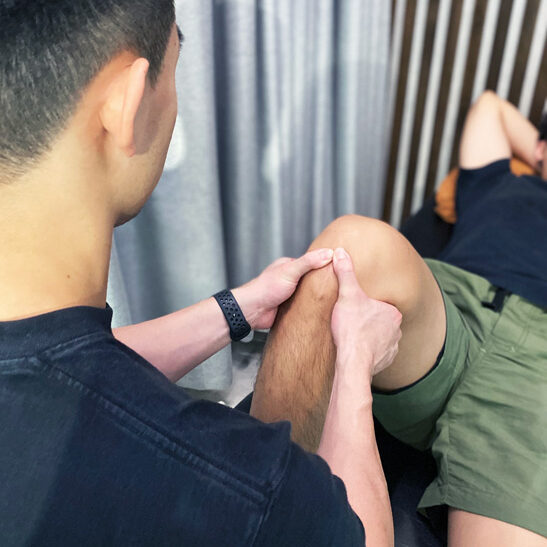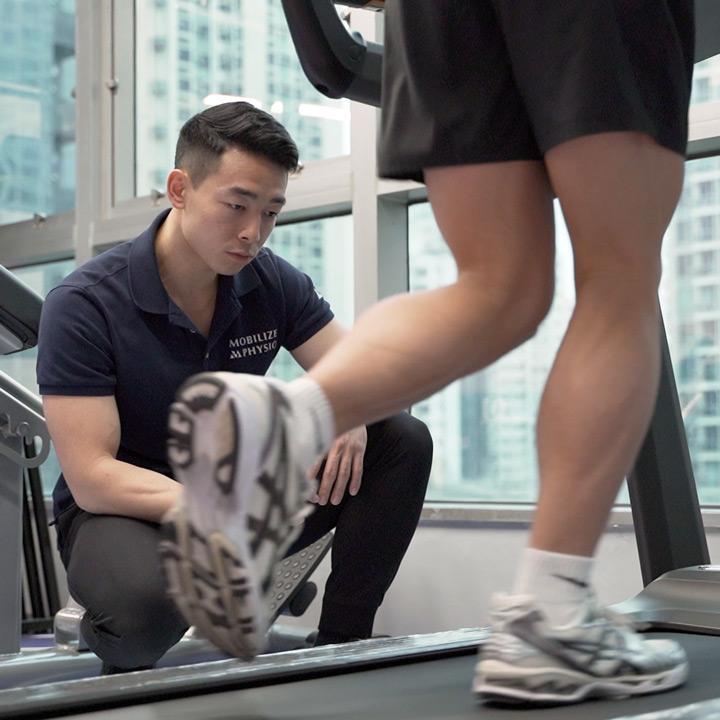Common Conditions
Jumper's Knee
Symptoms, Common Causes and Treatments
Understanding Jumper's Knee: Patellar Tendinopathy
Patellar tendinopathy, also known as jumper’s knee, is one of the more common pain conditions at the front of the knee, in addition to patellofemoral pain syndrome. The source of pain is located at patellar tendon, which connects the quadriceps muscle, the patella and the tibia.
What is Patellar Tendinopathy?
Patellar tendinopathy is characterized by localized pain, which is proportionate to the relative load, at the patellar tendon. For those with patellar tendinopathy, one-legged jumps are more painful than two-legged jumps, and two-legged jumps are more painful than squats.
Symptoms of Patellar Tendinopathy
Localized tenderness on the patellar tendon;
Pain is aggravated by explosive movements, such as jumping and sprinting;
Pain is more pronounced at the beginning of exercise and subsides after warming up;
The pain is more obvious 24-48 hours after exercise.


